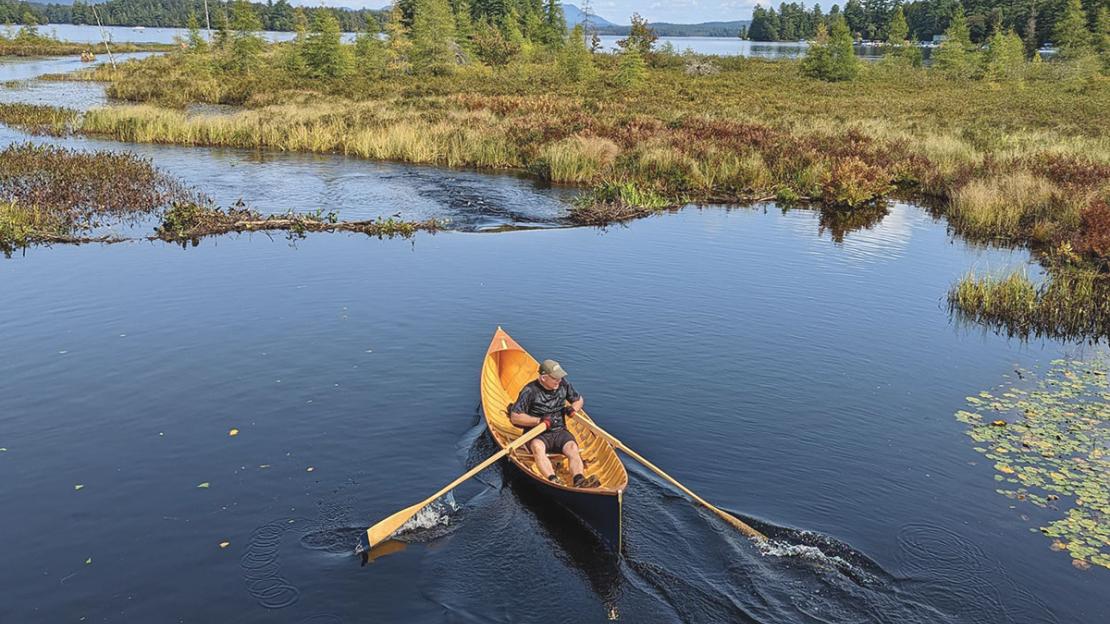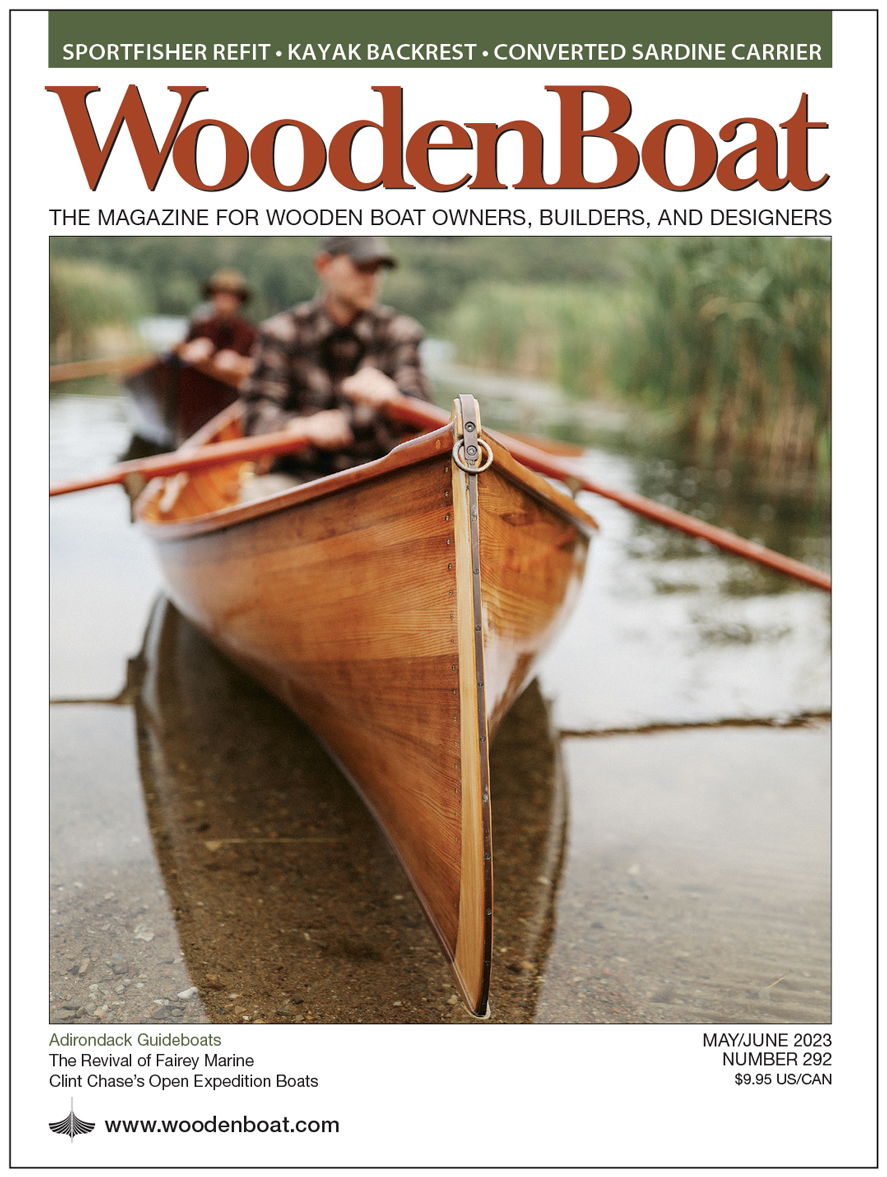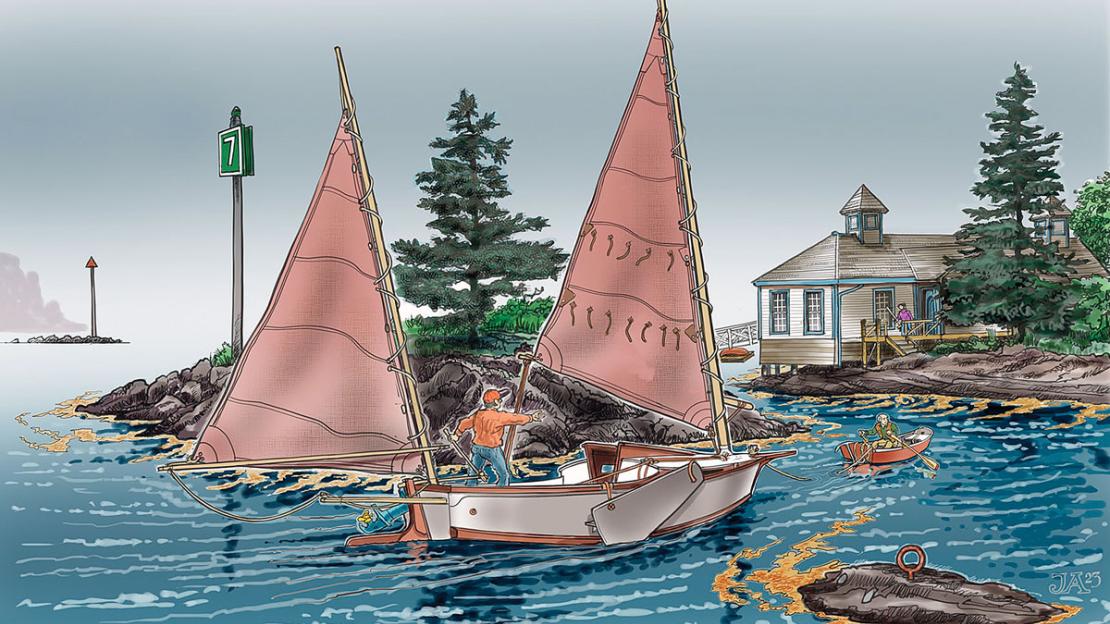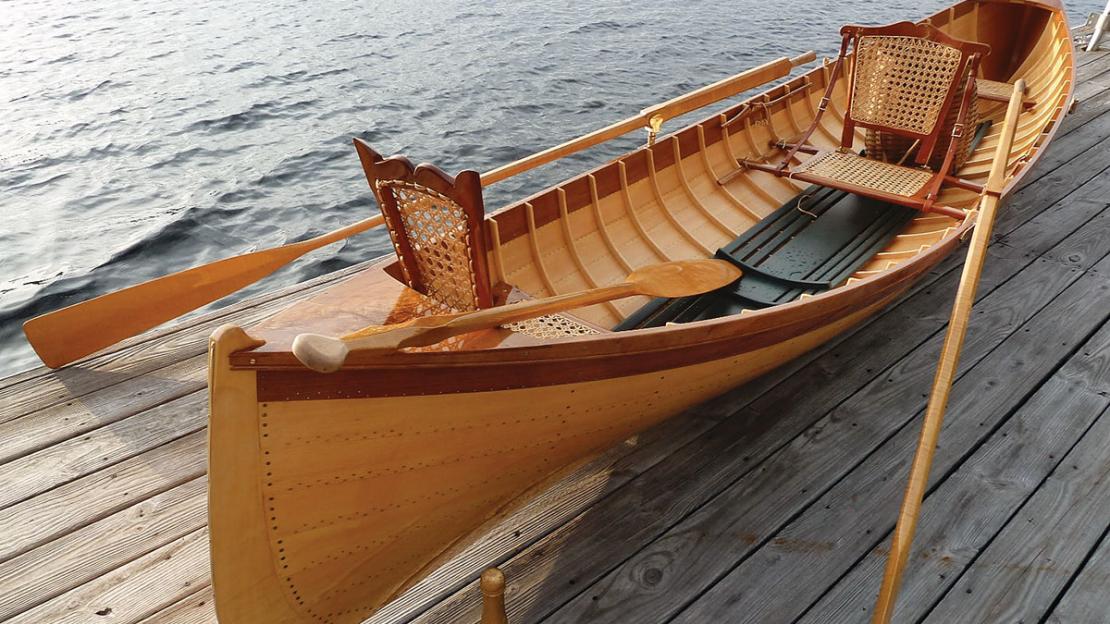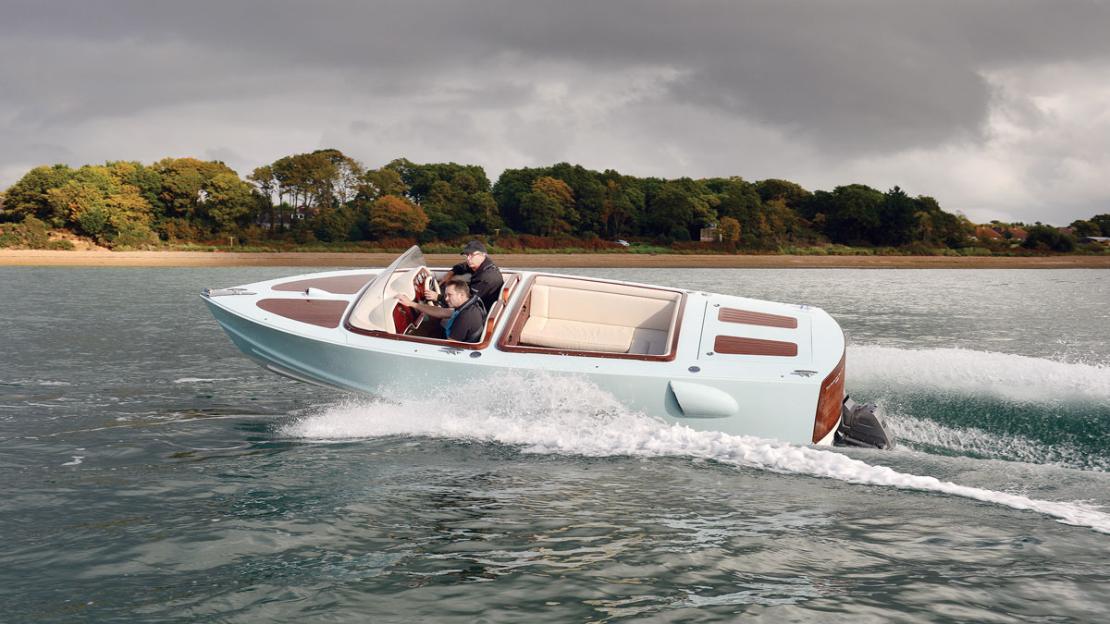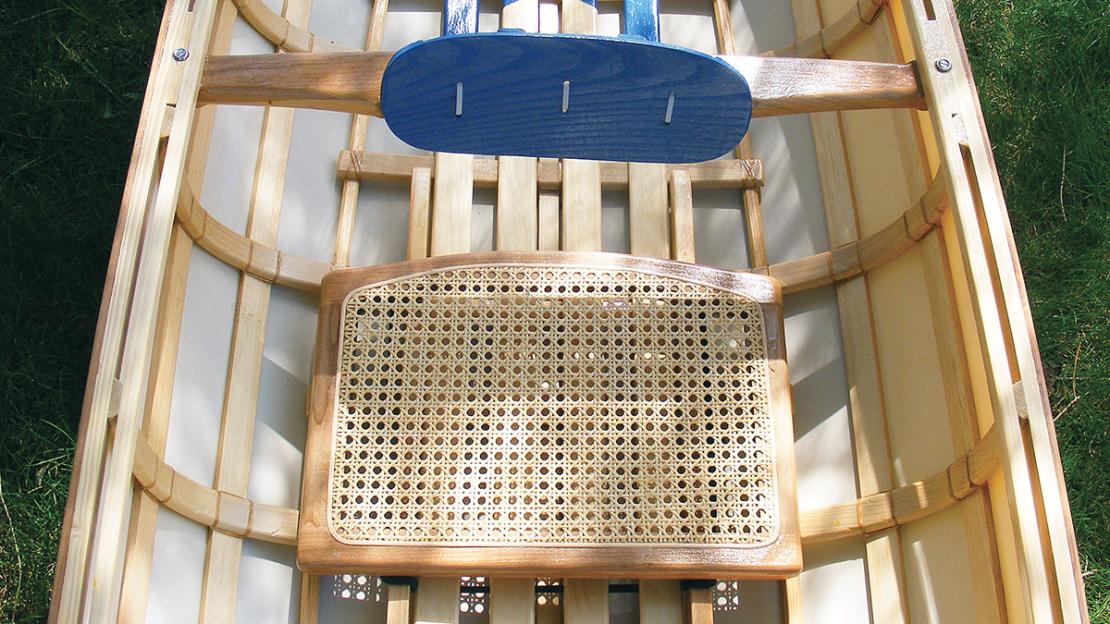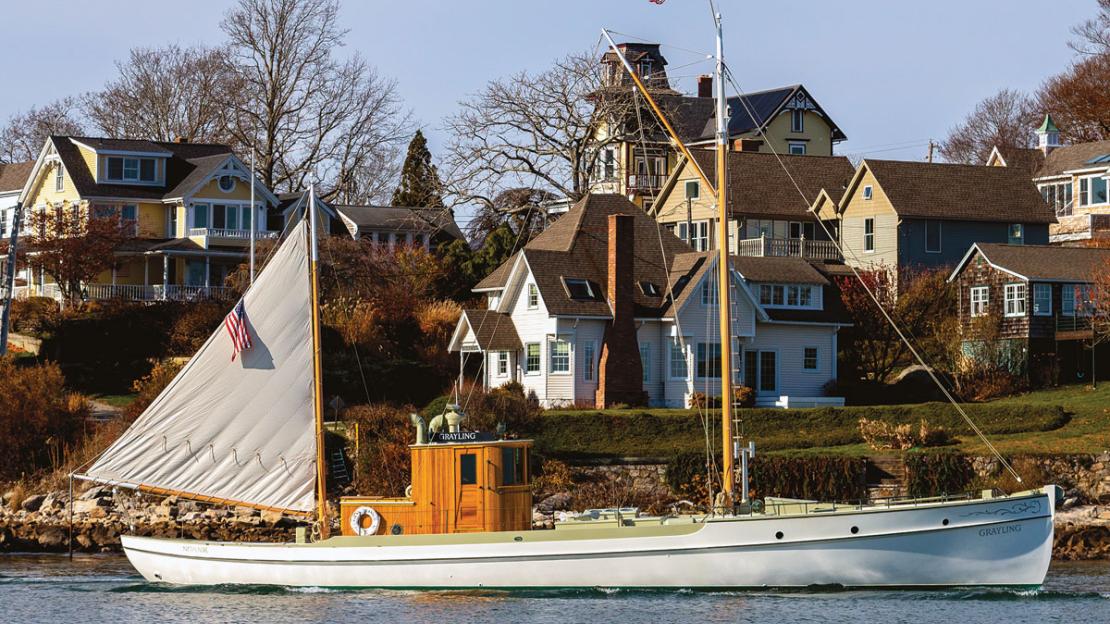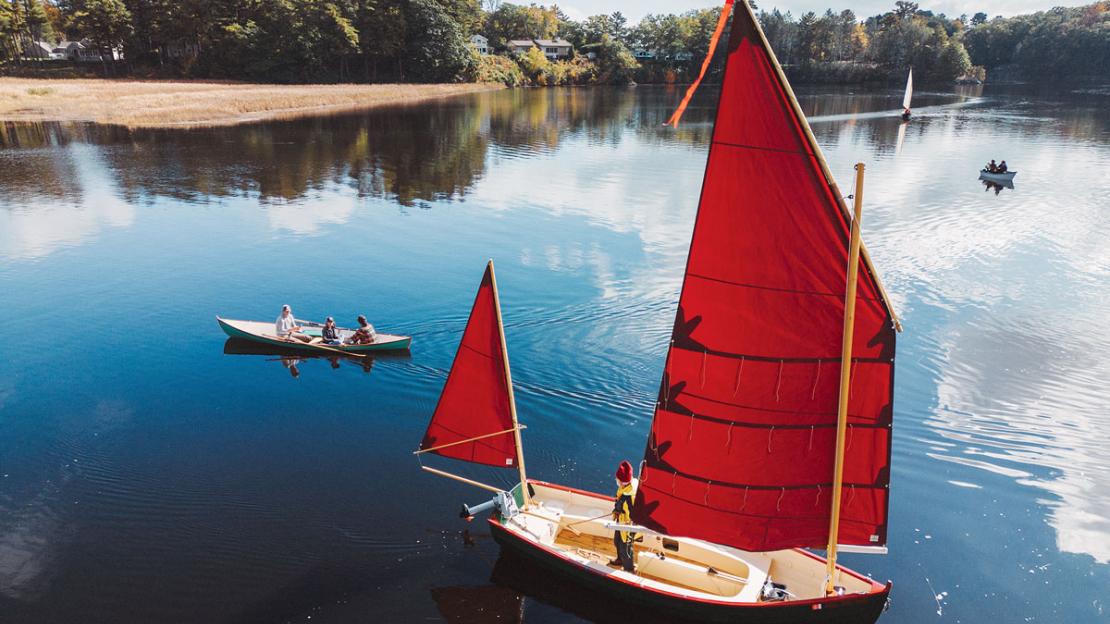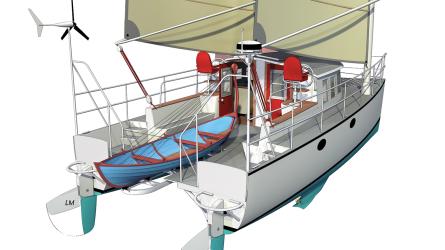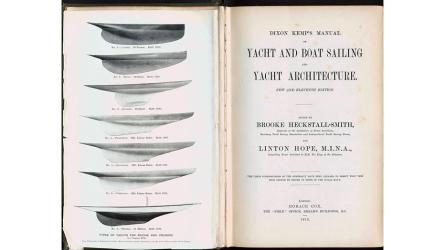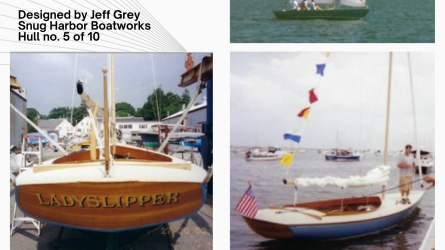Rooted in the Classics
For well over a century, the Adirondack guideboat served the guides and “sports” of the Adirondack region of upstate New York. As Ben Fuller notes in his article on the type beginning on page 40, “[b]eginning in the 1850s, tourists, typically affluent vacationers who could afford both the cost and the time needed for sojourns into the mountains, increasingly sought refuge from the summer heat of cities such as New York, Boston, Cleveland, and Cincinnati.” The early visitors, he says, were men attracted by fishing and hunting, and for these pursuits they needed boats. Thus was born the Adirondack guideboat, which, as you’ll read, was initially a transom-sterned boat but by the late 19th century had “developed to be very light for easy portages from lake to lake, with a yoke fitting the shoulders of the guide.” The boats rowed easily, carried a load of gear, and were beautiful. Their construction was elegant and sophisticated: the planking was lapstrake, but it presented on the surface as a smooth-skinned boat so the hulls would move through the water quietly.
Families followed the early sports. They built cottages and camps, and more often than not these dwellings had a guideboat or two at the disposal of the residents. The guideboat tradition in the Adirondacks continues to this day. The type has evolved to include strip-planked and modern composite construction, and boats are still built occasionally in solid wood. It’s a remarkable story of longevity, as well as adaptation of a historic type for contemporary recreational use.
As you page through this issue, you’ll find a number of other boats rooted in classic working types.
Take SAND SCRAPER, for example. In the mid-1980s, author Stan Grayson became enthralled with this flat-bottomed pocket cruiser designed by Phil Bolger for the tidal creeks of the lower Chesapeake Bay. The design was commissioned as Black Skimmer for none other than Mike O’Brien, this magazine’s longtime designs editor. With its gracefully rockered flat bottom and winglike leeboards it was, says Grayson, perfectly adapted to its intended habitat. Its roots, however, go back to the New Haven Sharpie, a humble, flat-bottomed, economical oyster-tonging boat developed for Connecticut waters.
Then there’s the 55-year-old, 45' classic flare-bowed sportfisherman SEA REBEL. She has been a constant obsession for her owner for nearly 30 years. The type is distinctive, and endemic to the Outer Banks of North Carolina, but it evolved from simple V-bottomed shadboats of the region after World War II, when a party-boat skipper named Warren O’Neal adapted the hull of his shad boat by adding 5' to it and giving it a transom stern. Further evolution ensued, and SEA REBEL represents the epitome of Warren O’Neal’s design output. The boat recently underwent a through refit, and beginning on page 24 Randy Peffer examines her meaning, purpose, and origins.
And an old friend revisits us beginning on page 66, in a photoessay shot by Alison Langley and introduced and captioned by Maynard Bray. She is the sardine carrier GRAYLING, built by Frank Rice of East Boothbay, Maine, in 1915, for mackerel fishing. Her long, efficient, and capacious hull was later converted for carrying sardines, and still later, in 1996, the boat was converted for yacht use. It’s hard to believe that a quarter century has passed since that conversion; she remains impeccably kept to this day—a fine yacht, as relevant today
as she was in 1915.

Editor of WoodenBoat Magazine
